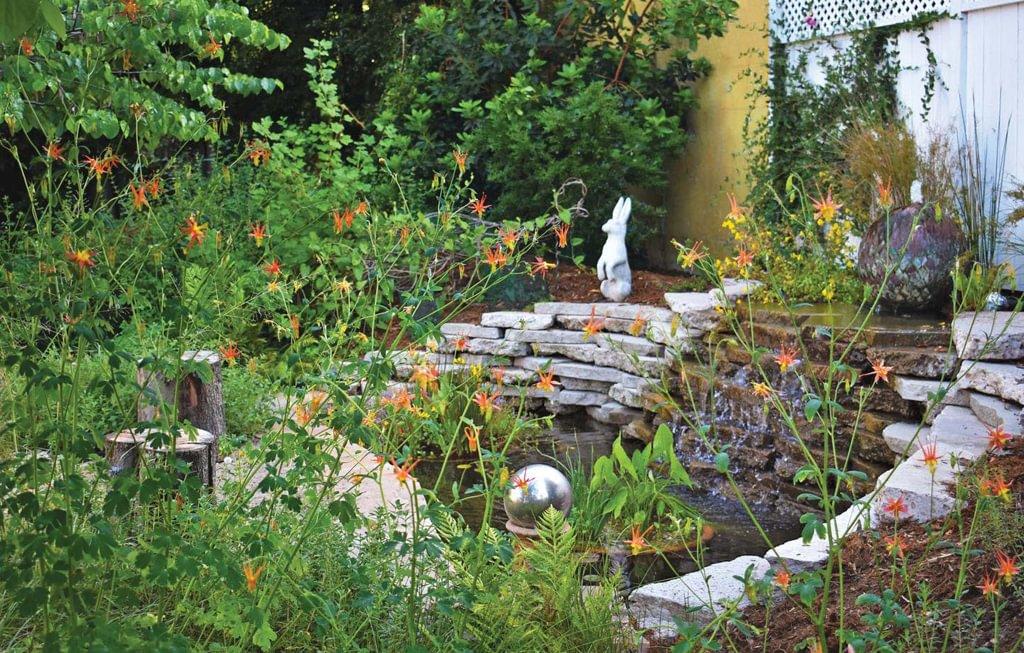
Gardeners are taking notice of an ancient gardening technique said to reduce watering, need less fertilizer, improve soil diversity and quality and sequester carbon—all while saving them time and money. Called hügelkultur (hoo-gull-culture)—a German phrase which translates roughly as hill, or mound, culture—its central principle combines soil and wood to create a sustainable, low-input growing system that can be adapted to suit various scales and climates. As the wood decomposes it acts like a sponge, supplying the plants with water.

The original purpose of this centuries-old practice was to make use of woody material to help build soil in cold climates. Popularized by Austrian permaculture expert Sepp Holzer, it has been widely embraced in the permaculture community. Now, mainstream gardeners are discovering its benefits, too, amid the challenges of climate change and the rising costs of soil, building materials and fertilizer.
HOW IT WORKS
The typical use of hügelkultur is as a self-sustaining raised bed, edged or not, built from materials




